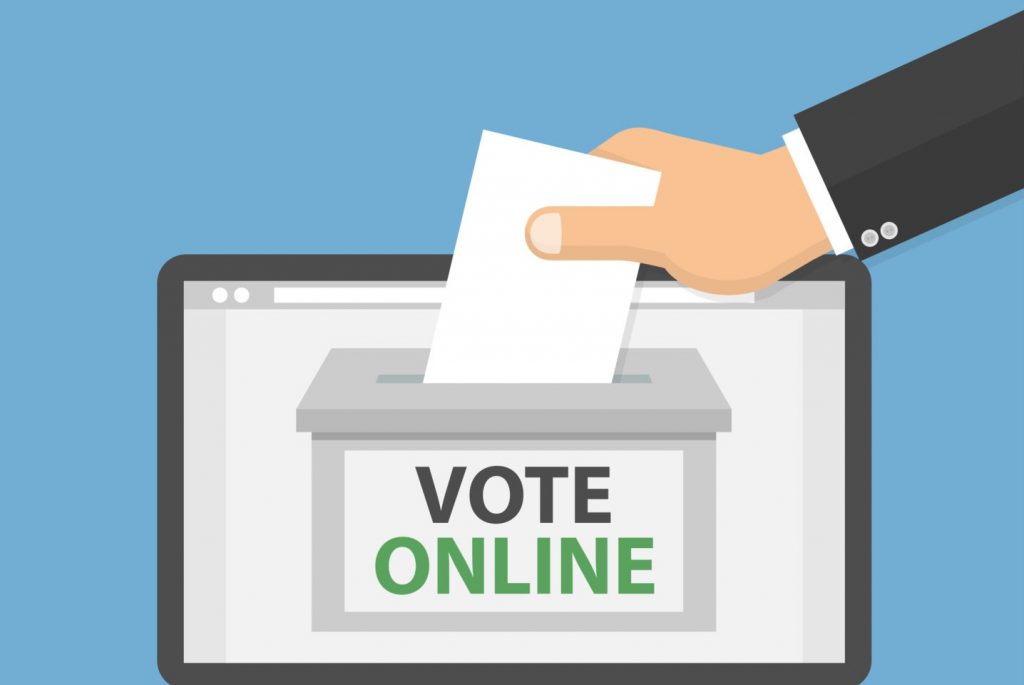Gopabandhu Mohapatra
The use of ballot papers for elections started changing in India in 1999. Since then, Electronic Voting Machines (EVMs) were introduced for casting votes. Today, there are yet unproved claims that EVMS can be tampered with, which have led the Election Commission of India to order introduction of Voter-Verifiable Paper Audit Trail (VVPAT). VVPAT was introduced as a pilot at the general election of 2014. They are now used at every assembly and general election in India. On April 9, the Supreme Court ordered the Election Commission of India to introduce VVPAT slips in five randomly selected EVMs per assembly constituency, which means VVPAT slips of 20,625 EVMs must be counted in General Election, 2019.
The question now is whether there is a better way for voting and the counting of votes in a digitised environment. In the past few years, mobile phone usage has risen dramatically. Most urban residents want work to be done sitting in the comfort of their homes. Therefore, it is time the concept of “i-voting”, internet voting, is also considered.
It would be a system that allows the voter to record his or her “secure and secret ballot” online. The US has already followed the practice since Presidential elections of 2004. About 30 per cent of the voting population had used “i-voting” technology, to cast their votes. Their votes were stored digitally in the storage medium, such as a tape cartridge, diskette, or smart card and sent to a centralised location, where tabulation programs compiled and tabulated results.
In this “vote-from-home revolution”, voters sitting before computers or mobile phones could simply push a button to vote and this gave a more precise and accurate reflection of the popular mandate. Electronic voting is often seen as a tool that makes the electoral process more efficient and increases trust. If properly implemented, “i-voting” can increase the security of the ballot, speed up processing of results and make voting easier.
Internet voting has several strengths: It makes vote counting and tabulation faster; it provides more accurate results, excluding human error; it is more convenient for voters. It potentially increases turnout and prevents fraud possible at polling stations; it also offers long-term savings in terms of poll worker time and reduced production and distribution cost encountered with ballot papers; compared with postal voting, internet voting can also reduce incidence of vote-selling.
But i-voting is not without its downsides. Non-experts in information technology will have limited understanding of the system; there could be a lack of agreed standards for “i-voting” systems; there is the risk of manipulation by insiders with privileged access to the system or by hackers from outside; there would also be the possibility of fraud through large-scale manipulation by a small group of insiders; it could also conflict with the existing legal framework.
Internet voting is not problem-free. Inherent challenges of “i-voting” are considerable and linked to complexities of electronic systems and procedures. Therefore, such a system, if not planned and designed carefully, can undermine confidence in the whole electoral process.
It is, therefore, important to devote adequate time and resources to introducing internet voting. The secrecy of vote will require the system to prevent revealing identity. At the same time, if the link between the voter’s identity and the vote are cut, the examination of i-votes, in case they come under suspicion, will be impossible.
Without proper mechanisms, manipulated or incorrect results can be produced by “e-voting”, and it could remain undetected for long. Internally, electronic voting systems have different functions, including encryption, randomisation, communication and security systems.
In view of the challenges, an i-voting system has to be carefully planned and designed, to create confidence on the system; till then a dual system of voting, that is, voting at booths and i-voting can be considered.
The writer is a retired banker. Views are personal.
